Sustainable Fashion: The Problems in the Textile Industry – and the Path Toward Change

Updated at 2025-08-22
It is responsible for significant greenhouse gas emissions, water pollution, overexploitation of resources, and serious violations of human rights. At the same time, there are growing initiatives to transform the industry—where we, as consumers, play a crucial role. More people today are choosing sustainable fashion, focusing on reducing environmental impact and improving working conditions.
This guide provides an overview of the problems in the textile industry—and how we can work toward a more sustainable future with sustainable fashion as a guiding principle.
A Global Industry with a Major Impact
The textile industry includes everything from growing and producing materials to dyeing, sewing, transport, sales, and finally waste management. It is one of the largest industries in the world, employing millions of workers in low-wage countries and operating through complex global supply chains. This makes many of the issues difficult to grasp—but all the more important to understand.
Climate Impact
The textile industry accounts for about 2–8 percent of global greenhouse gas emissions, depending on how it’s measured. Production requires large amounts of energy, especially when manufacturing synthetic fibers like polyester, which are made from fossil fuels. Cotton cultivation, as well as processes like dyeing, washing, and drying, also require energy—often from coal or oil.
According to UNEP (the UN Environment Programme), the textile industry emits more greenhouse gases than the aviation and shipping sectors combined—though these figures are debated. Regardless, it’s clear that textile production is a major climate issue. Part of the solution lies in choosing sustainable fashion, where lower emissions and better material choices are key.
Water Consumption and Pollution
Cotton cultivation is extremely water-intensive—up to 10,000 liters of water may be needed to produce just one kilogram of cotton. In dry regions such as Uzbekistan or Pakistan, this leads to water shortages and conflicts over resources.
Dyeing and treating textiles is also a major environmental problem. Many chemicals are discharged into waterways without proper treatment, harming both ecosystems and human health. In some areas, such as along rivers in Bangladesh, discharges from textile factories directly pollute drinking water and destroy farmland. To protect the environment, companies must take responsibility for their entire production, and consumers must demand sustainability.
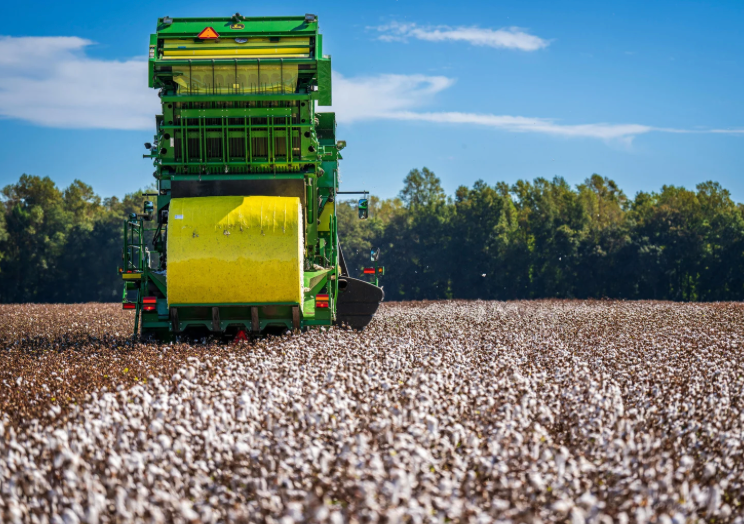
Chemicals and Health
Thousands of different chemicals are used in textile production—to bleach, dye, or make garments wrinkle-free or stain-resistant. Many of these are harmful to both the environment and to the people working in production or wearing the clothes.
Despite regulations in the EU, such as the REACH regulation, it is difficult to control what is used throughout global supply chains. Garments produced in countries with weak legislation may contain banned substances by the time they reach European consumers. That’s why it’s important to choose brands that prioritize transparency, certifications, and sustainability throughout their entire process.
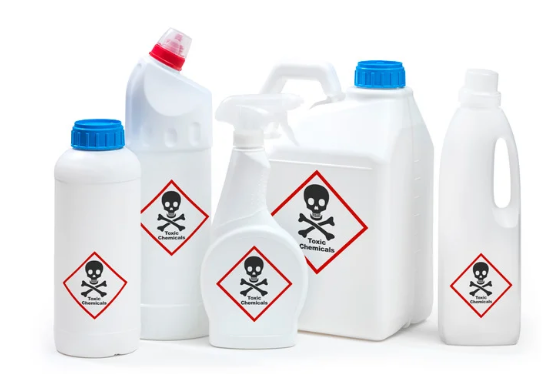
Waste and Overproduction
The textile industry is also closely linked to waste problems. Globally, about 92 million tons of textile waste are discarded each year—and only a small percentage is recycled. In Sweden alone, an average of eight kilos of textiles per person is thrown away each year, most of which is incinerated.
The fast fashion model, where new collections are released weekly and prices kept low, has led to an unprecedented level of overproduction. Many garments are worn only a few times before being thrown away. At the same time, much more is produced than actually sold—tons of new clothes are destroyed each year.
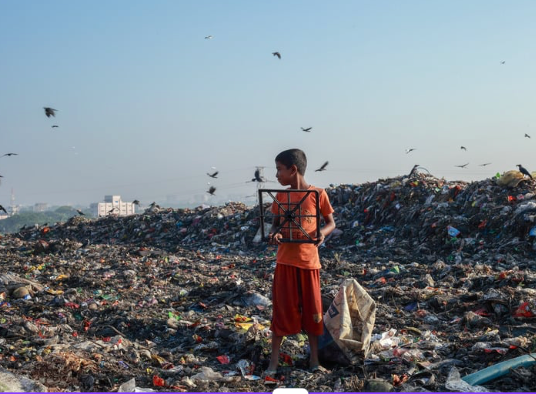
This clearly shows why sustainable fashion is needed—a model that prioritizes quality over quantity, where garments last longer, and where we as consumers are encouraged to care for, repair, and reuse instead of throwing away and buying new.
Toward a More Sustainable Textile Future
There are alternatives to today’s destructive patterns. Many brands are investing in better materials, fair working conditions, circular business models, and reduced climate impact. As consumers, we can contribute by choosing sustainable fashion, asking questions about product origins, buying second-hand, or renting clothes.
By placing sustainability at the center—both in our choices and through policy measures—we can shape a textile industry that not only produces clothes but also ensures good conditions for people and the planet. It shouldn’t be a choice between style and responsibility. Sustainable fashion shows that the two can go hand in hand.

Social Issues and Human Rights
Environmental impact is only part of the problem. The textile industry is also known for exploiting labor, especially in low-wage countries.
Low Wages and Insecure Working Conditions
The majority of the world’s clothes are sewn in factories in countries like Bangladesh, India, Vietnam, and Ethiopia. Many workers are women who survive on minimum wages far below a decent living standard. Often, there are no union rights, job security, or opportunity to influence working conditions.
Workdays of 10–12 hours are common, along with unpaid overtime. Safety is often lacking—as tragically shown by the Rana Plaza collapse in Bangladesh in 2013, where over 1,100 people died.
Child Labor and Forced Labor
Child labor still occurs in parts of the industry, particularly in cotton farming and informal textile production. There have also been documented cases of forced labor, for instance involving Uyghur minorities in China's Xinjiang province.
This means even seemingly innocent garments may carry traces of human rights abuses—making traceability and control crucial.
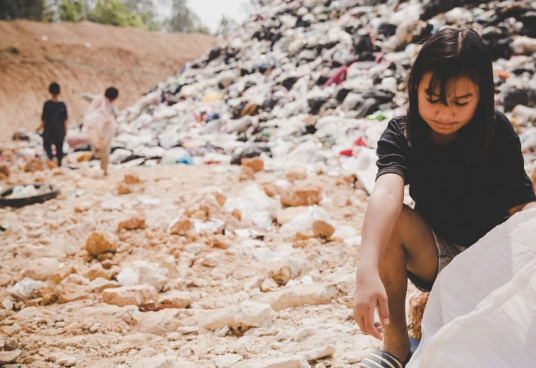
A Complex Supply Chain
One of the biggest obstacles to change is the complexity of the textile industry itself. A single garment might involve work in ten different countries: cotton grown in the U.S., spun in India, dyed in China, sewn in Bangladesh, and sold in Sweden. This makes it difficult for companies to maintain control—and for consumers to gain insight.
Many brands lack full knowledge of their entire supply chain. As a result, promises of sustainability or social responsibility often don’t reflect reality. That’s why legislation requiring greater transparency is needed—along with support for producers striving to do the right thing.
What Is Being Done to Improve the Situation?
New Laws and Initiatives
The EU has taken several important steps through its strategy for sustainable and circular textiles. The goal is that by 2030, all textile products sold within the EU should be sustainable, recyclable, and made with respect for human rights and the environment. The strategy includes:
- A ban on destroying unsold clothing
- Requirements for increased product information through digital product passports
- Stricter rules for producer responsibility and recycling
- Restrictions on greenwashing and false marketing
At the same time, several EU countries, including Sweden, are introducing extended producer responsibility for textile waste—meaning that whoever places a garment on the market is also responsible for its collection and sustainable disposal. This creates more incentives for high-quality sustainable fashion that makes a real difference—not just on paper.
Union Work and Living Wages
International trade union organizations, such as IndustriALL, work to strengthen workers’ rights globally. A key goal is implementing living wages throughout the industry—wages that allow people to live, not just survive. This is a fundamental requirement for decent working conditions and social responsibility.
Some companies collaborate with union initiatives or certifications like the Fair Wear Foundation to improve working conditions. Additionally, some larger brands are working toward greater traceability and openness about their supply chains. But much remains to be done.
Circularity and Sustainable Design
Several actors are also rethinking design and material choices. This may involve making garments more durable and easier to recycle, reducing the number of fiber blends, working with mono-materials, and designing for repair and reuse. These are essential building blocks of a sustainable fashion model that not only looks good—but also works in practice.
New business models are also emerging, such as clothing rental, second-hand sales, remake, and take-back systems. These alternatives offer ways to consume fashion with a lower environmental impact. While their influence on total new production is still limited, they show that sustainable fashion can be made and consumed differently—where materials, function, and design align with long-term sustainability.
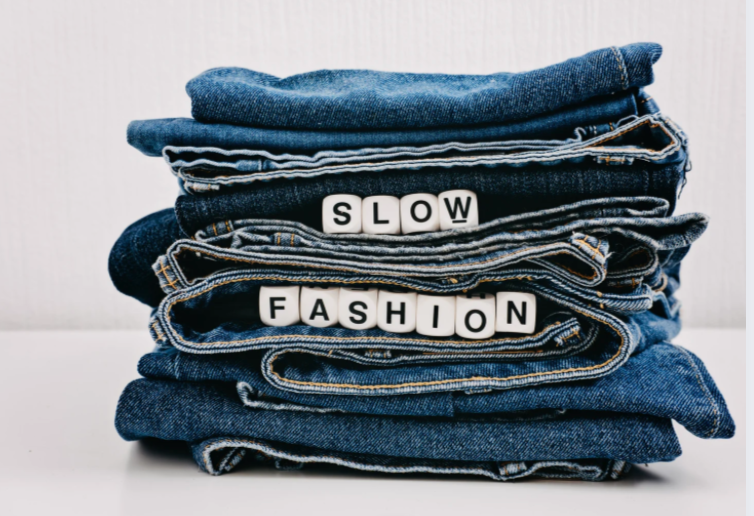
What Can Consumers Do?
Even though many problems require systemic changes, we as consumers still have power—especially in how we approach consumption.
- Buy fewer items of clothes
The most sustainable garment is the one you already own. By buying fewer and better garments, and using them longer, we reduce pressure on production. - Choose sustainable materials
Materials like recycled polyester, organic cotton, hemp, or Tencel often have a smaller environmental impact. But remember—a "sustainable material" doesn’t justify an unsustainable consumption pattern. - Avoid fast fashion
Fast, cheap collections are built on overproduction, low-quality garments, and exploitation. Avoiding these brands is a meaningful way to make a difference—in both demand and messaging. - Wash and care properly
Gentle washing, less frequent cleaning at low temperatures, avoiding tumble dryers, and repairing instead of discarding are simple ways to extend the life of your clothes. - Demand accountability
Ask brands about their production, living wage policies, chemical use, and transparency. Companies respond when consumers show engagement—especially on social media.
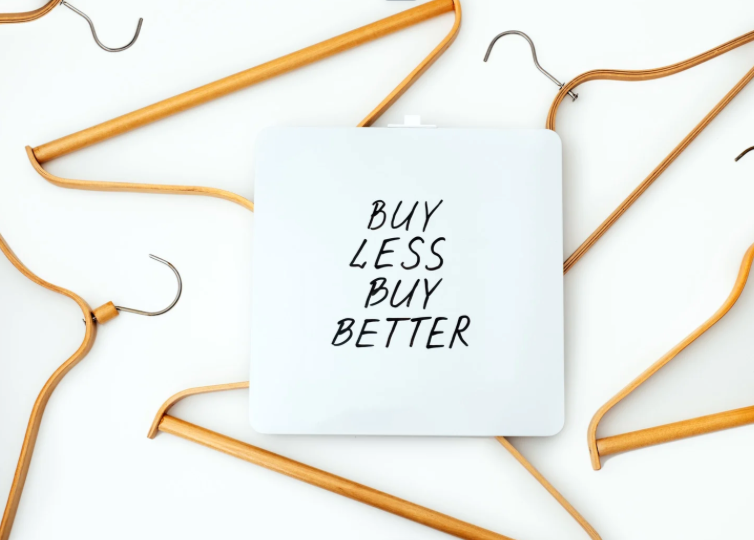
Conclusion: A Transition Is Possible
The textile industry faces major challenges—but also great opportunities. Political courage, strong legislation, corporate responsibility, and union work are needed to change the structures built over decades. But every step counts—and we as consumers have both influence and responsibility.
By consuming less, choosing better, and demanding change, we can help create a textile industry that no longer depletes people and the planet—but is built on respect, resource efficiency, and long-term thinking.
Related content
Here you can find articles and pages relevant to this subject.